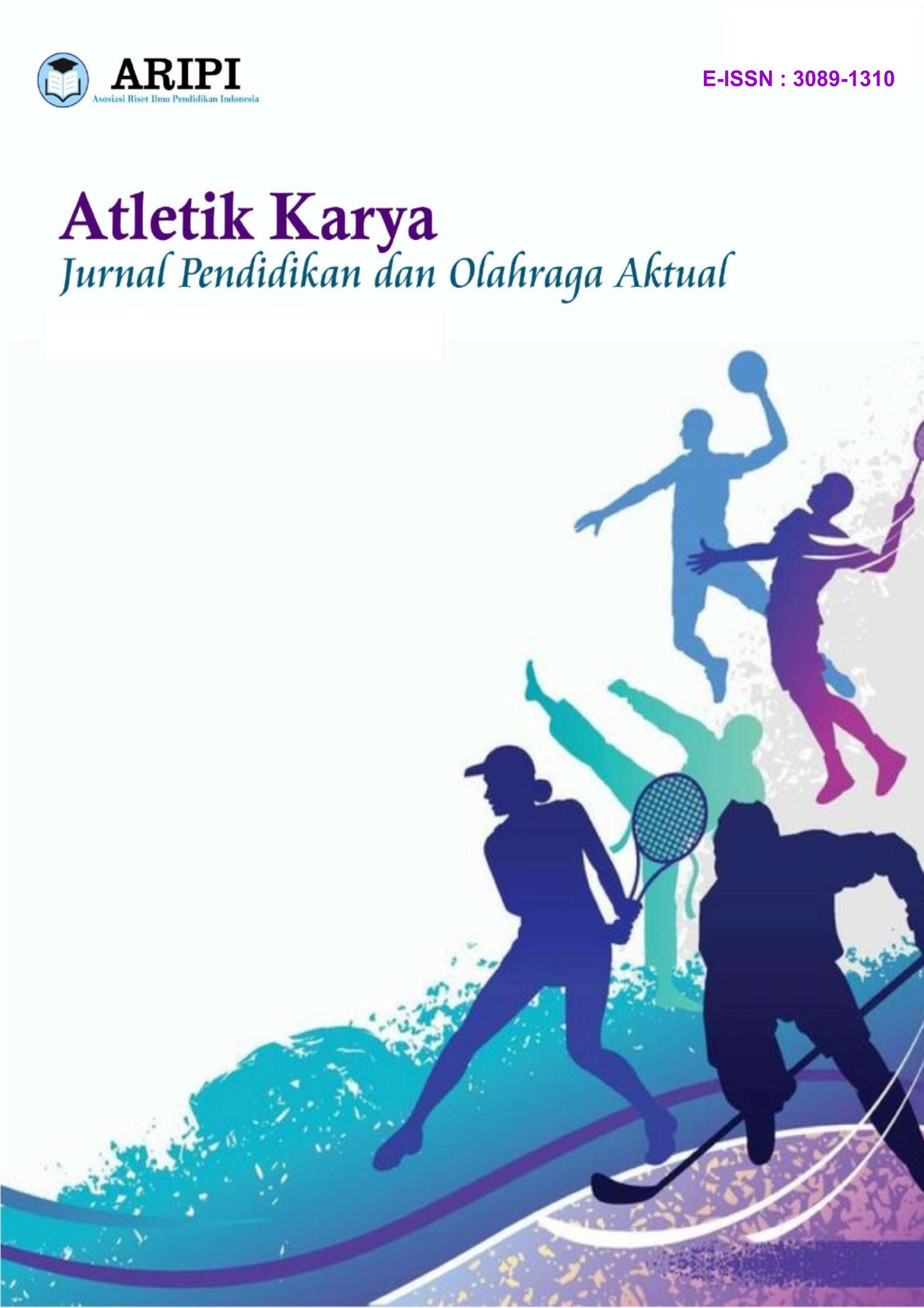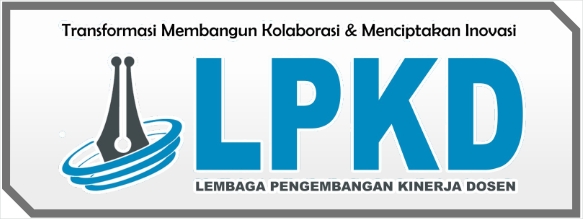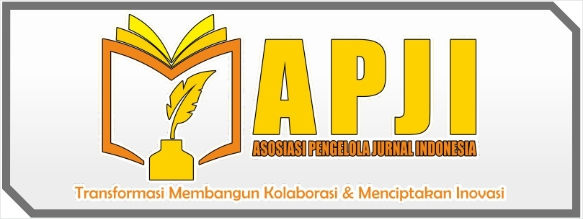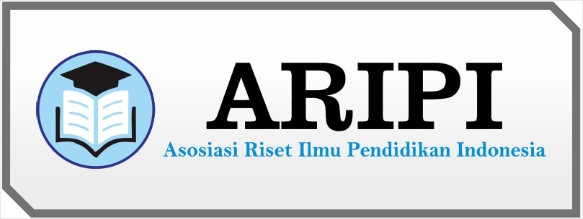Implementasi Model Pendidikan Inklusif dalam Pendidikan Jasmani untuk Anak Berkebutuhan Khusus
DOI:
https://doi.org/10.61132/atletikkarya.v1i2.9Keywords:
Inclusive education, physical education, children with special needs, motor skills, social interactionAbstract
This study discusses the implementation of the inclusive education model in physical education for children with special needs (ABK) in elementary schools. The research method used is a case study with observations and interviews with teachers and students. The results of the study show that an inclusive approach in physical education helps improve social interaction, self-confidence, and motor skills of ABK. These findings emphasize the importance of adaptation strategies in physical learning for students with special needs.
References
Block, M. E. (2007). A Teacher’s Guide to Including Students with Disabilities in General Physical Education. Brookes Publishing.
Fitzgerald, H. (2005). Inclusion in Physical Education: A Practical Approach to Teaching Children of All Abilities. Routledge.
Goodwin, D. L., & Watkinson, E. J. (2000). Inclusive physical education from the perspective of students with physical disabilities. Adapted Physical Activity Quarterly, 17(2), 144-160.
Grenier, M. (2014). Physical Education for Children with Moderate to Severe Disabilities. Human Kinetics.
Haegele, J. A., & Kirk, T. N. (2018). The experiences of students with visual impairments in integrated physical education: A review of qualitative inquiries. Quest, 70(4), 385-398.
Hutzler, Y., & Sherrill, C. (2007). Defining adapted physical activity: International perspectives. Adapted Physical Activity Quarterly, 24(1), 1-20.
Kasser, S. L., & Lytle, R. K. (2013). Inclusive Physical Activity: A Lifetime of Opportunities. Human Kinetics.
Lieberman, L. J., & Houston-Wilson, C. (2009). Strategies for Inclusion: A Handbook for Physical Educators. Human Kinetics.
Martin, J. J. (2017). Benefits and barriers to physical activity for individuals with disabilities: A social-relational model of disability perspective. Disability & Rehabilitation, 39(2), 131-137.
O’Brien, D., Kudláček, M., & Howe, P. D. (2009). A contemporary review of English language literature on inclusion of students with disabilities in physical education: A European perspective. European Journal of Adapted Physical Activity, 2(1), 46-61.
Obrusnikova, I., & Dillon, S. R. (2011). Inclusion in physical education: A review of literature from 1995-2010. Adapted Physical Activity Quarterly, 28(2), 102-125.
Rizzo, T. L., & Lavay, B. W. (2000). Inclusion in physical education: A review of literature. Adapted Physical Activity Quarterly, 17(1), 1-20.
Sherrill, C. (2004). Adapted Physical Activity, Recreation, and Sport: Crossdisciplinary and Lifespan. McGraw-Hill.
Smith, A. L. (2003). Peer relationships in physical activity contexts: A road less traveled in youth sport and exercise psychology research. Psychology of Sport and Exercise, 4(1), 25-39.
Vickerman, P., & Maher, A. (2017). Teaching physical education to children with special educational needs and disabilities. Routledge.












